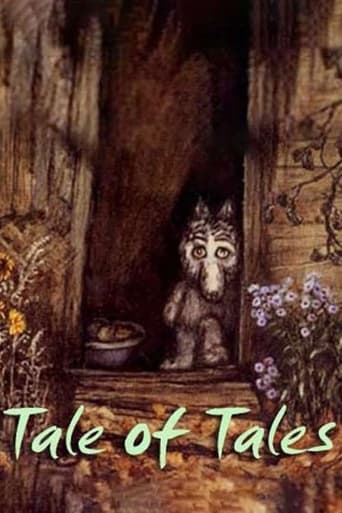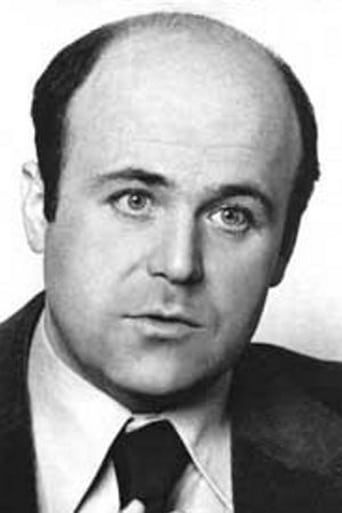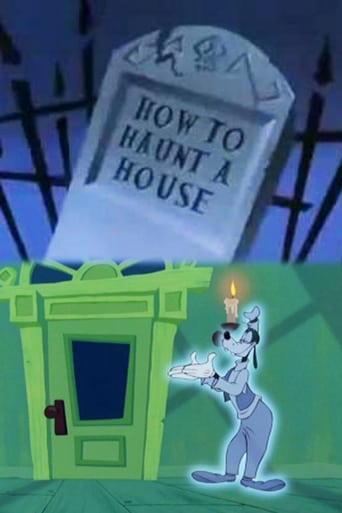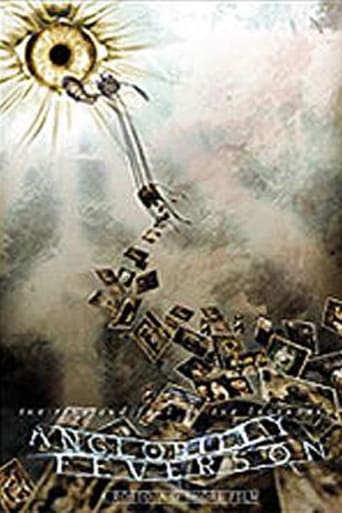Tale of Tales (2001)
Skazka Skazok (Tale of Tales) is a 27-minute animated short film, considered the masterpiece of influential Russian animator Yuri Norstein. Told in a non-narrative style by free association, the film employs various techniques including puppets, cut-outs, and traditional cell animation. Using classical music and '30s jazz tunes instead of dialogue.
Watch Trailer
Free Trial Channels
Cast


Similar titles
Reviews
This movie was so-so. It had it's moments, but wasn't the greatest.
Tells a fascinating and unsettling true story, and does so well, without pretending to have all the answers.
It's funny, it's tense, it features two great performances from two actors and the director expertly creates a web of odd tension where you actually don't know what is happening for the majority of the run time.
Blistering performances.
Grand Prize winner at the Zagreb World Festival of Animated Films Russian director Yuri Norstein's Tale of Tales (alternately titled The Little Grey Wolf Will Come) was named by the 1984 Animation Olympiad jury at the L.A. Olympics as the greatest animated film of all time. Written by Ludmilla Petrushevskaya and Norstein, like Tarkovsky's Zerkalo (The Mirror), it consists of fleeting images, snippets of memory from the director's life. According to Norstein, the film was inspired by the poem Tale of Tales by Nazim Hikmet:"We stand above the water - sun, cat, plane tree, me and our destiny. The water is cool, The plane tree is tall, The sun is shining, The cat is dozing, I write verses. Thank God, we live!"The film opens with a grey wolf singing a Russian lullaby to a baby in a cradle:"Baby baby rock-a-bye On the edge you mustn't lie Or the little grey wolf will come And will nip you on the tum Tug you off into the wood Underneath the willow-root."Backed by an original score by Mikhail Meerovich and the music of Bach and Mozart, images roll by, some repeated during the film, without any apparent connection: a sad eyed grey wolf nurturing a little baby, a boy eating a green apple, then feeding it to the crows, a passive bull skipping rope with a small girl, men and women's dancing interrupted by soldiers, a woman sitting on a bench with her drunk husband, a man and his son wearing Napoleon hats ostensibly going off to war, women mourning the death of loved ones in the war, apples falling in the snow, among others. Norstein describes the film as being "about simple concepts that give you the strength to live."Claire Kitson, former Commissioning Editor of Animation for the UK's Channel 4, in her book about the film: Yuri Norstein and Tale of Tales – An Animator's Journey by Clare Kitson. London, U.K., & Bloomington, IN: John Libbey & Indiana University Press, 2005), says that the images are not metaphors but actual events in the director's life. For instance, the woman sitting in a bench with a drunk husband comes from a couple casually spotted by co-writer Lyudmila Petrushevskaya, the apple from a happy and tasty experience of Norstein eating an apple while walking in the street during the winter, and the old house from the actual house that he dwelled in during his childhood. But she warns that "the film is about memory and ...is also constructed like a memory" and adds: "this is achieved by the construction of a set of parallel worlds: the old house with, nearby, an old streetlight and the setting for wartime scenes; the poet's world, where a fisherman's family also lives and a bull and a walker come to visit; the snowbound winter world of the boy and the crows; and the forest next to a highway, where the Little Wolf makes his home under the brittle willow bush. In short, we must appreciate bull, poet, wolf, house, snow and so on not like metaphors of something else, but like bricks in a palace, notes in a symphony."Selecting it as one of the fifteen greatest "seeking" films of all time, directors Gregory and Maria Pears described it on their website www.cinemaseekers.com as follows: "Through its philosophical depths, its visionary language and its use of sound and music, it raises animation to the level of the very best art cinema. Norstein is a consummate artist, who insists on painting every frame himself. The result is the totally unique evocation of his spiritual world that could only have been rendered through animation - no other cinematic form would have sufficed." Enigmatic, magically beautiful, and very moving, Tale of Tales is a work of art that you cannot figure out but can only experience just by letting it roll over you like a warm breeze.The 27-minute film is available on You Tube with English subtitles.http://www.youtube.com/watch?v=b_q3WoYawNI
Perhaps the greatest animated film of all time, Tale Of Tales remains an artwork of extraordinary substance. The film showed that animation can be art, but most importantly serious art. Its unusual but unforgettable animation perfectly expresses the passing of time. All the scenes in the film are imaginative. Some are just gorgeous, like the one with the snow falling down. Most importantly Yuriy Norshteyn's art is about the fundamentals of light, literally drawing the subject out of darkness and portraying it with the luminosity of a Rembrandt portrait and the simple poignancy of a children's book illustration. To put it simply, Norshteyn uses animation to fully express and represent the essence of cinema itself. The film runs for 26 minutes, but it has a lot more to say than many films that run for two hours. The human experiences represented here are universal. Tale Of Tales receives my highest recommendation.
All animation revels in the smallest movements, this one revels in the smallest moments. About as narrative as you could call the average early Bunuel, this movie is an obvious inspiration of the surrealistic cut-outs of Terry Gilliam and even hints towards the escapist fantasy of Where the Wild Things Are. As for what's going on here itself, well, a lot and not so much.The scenes are basically interlaced by a small story of a wolf getting by, his accidental abduction of a child, and his eagerness to live a human life. Meanwhile a sort of war narrative takes place where dancing women lose their partners to a train heading off to war, replaced by a newspaper/mailer detailing fragments of the soldiers' deaths. Classical music and jazz are mixed as a family sits on the seaside and picnics. Furthermore, a young boy eats an apple and shares it with some crows, though his drunken father drag him away. A real mix of animation styles all fits into the animation's own personal style, so at least there's continuity there.Unfortunately I can't make a whole lot more out of it, except in the ways in which it lives in Soviet memory and the grunginess of winter and war. Still, it's fascinating to watch.--PolarisDiB
Great film. The scene of child with birds remind me the almost same scenes form Andrei Tarkovsky's "the Mirror". I see this film on DVD(the collection of Russian Animation films), the effect is marvelous! The total film like a dream, sometimes make you feel bitter, sometimes smile with tears. I like the prelude and fuge by Bach in this film, and the tango music is also used in Nikita Mikhalkov's film " Burnt by the Sun". The Great film(not only the animation film) I have ever seen.










